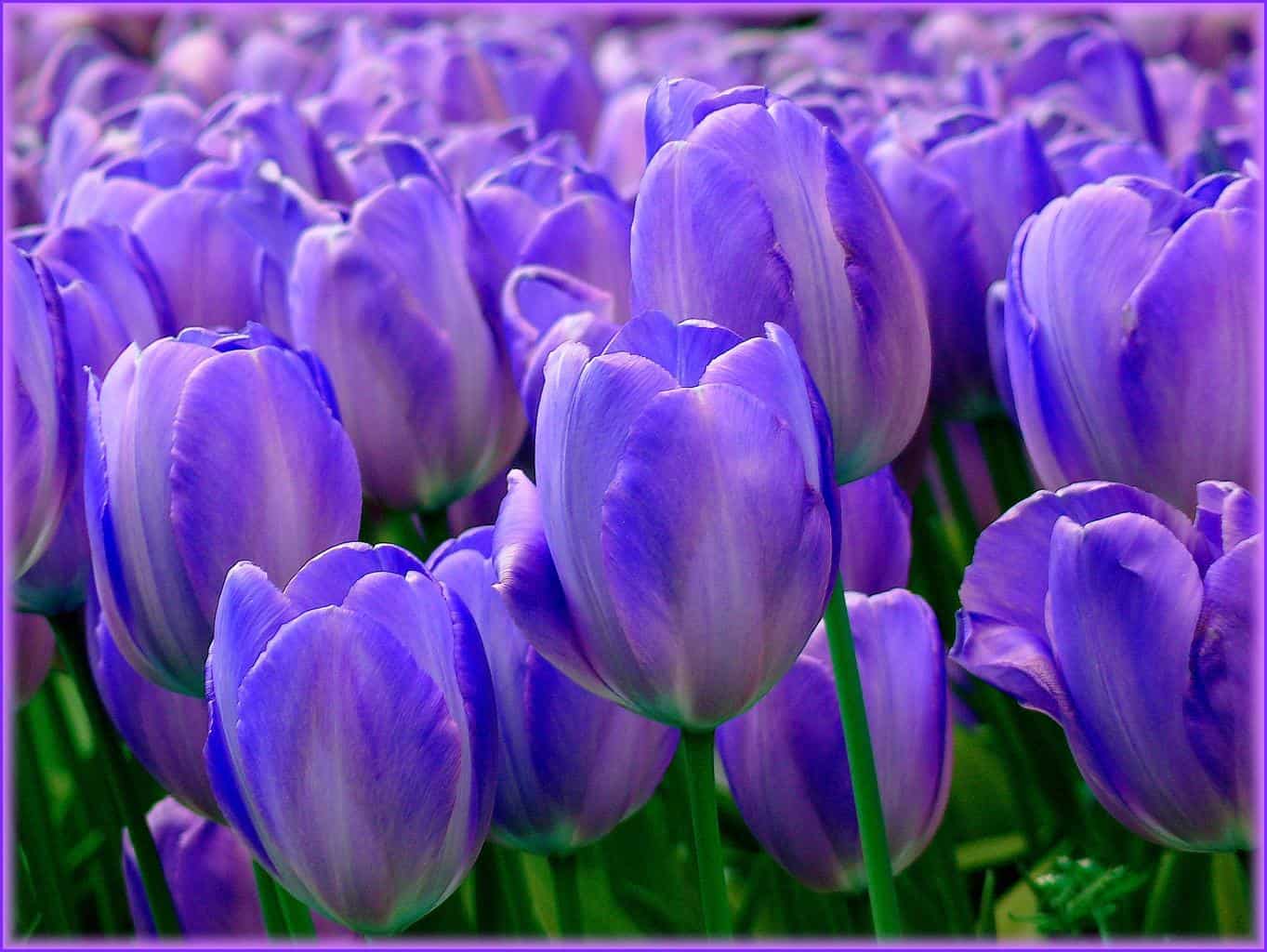The Kniphofia Rooperi, commonly known as Red Hot Poker, is a show-stopping perennial that can add color and drama to any garden. The word Kniphofia is derived from the name of an 18th-century German physician and botanist, Johannes virgilius Kniphof. Rooperi is a type of the flower. Native to the Eastern Cape of South Africa, the bright blooms of this flower range in color from yellow to red, adding an unmistakable touch of brilliance to any garden.
Family
Kniphofia Rooperi belongs to the family Asphodelaceae, which consists of diverse plants that are mainly perennial herbs, subshrubs, and trees native to Africa, Europe, and Western Asia.
Plant Type
The Kniphofia Rooperi is a herbaceous perennial that typically grows to a height of three to four feet tall. It has large, egg-shaped flowers that can range in color from yellow to red, blooming in late summer. The Red Hot Poker is suitable for planting in USDA hardiness zones 6 to 9.
Mature Size
The Red Hot Poker typically grows to a height of three to four feet tall and a width of two feet.
Sun Exposure
Kniphofia Rooperi prefers full sun. It may survive in partial sun but will likely not flower as abundantly as it would in full sun.
Soil Type
The Red Hot Poker likes well-drained, fertile soil. It does not tolerate wet soil and will die off if its roots are kept wet for too long.
Soil pH
Kniphofia Rooperi prefers a slightly acidic soil with a pH of around 6.0 to 6.5.
Bloom Time
Red Hot Poker usually blooms in late summer and early fall.
Flower Color
The flower spikes of the Red Hot Poker range in color from yellow to red and may be striped complementary shades.
Hardiness Zones
Kniphofia Rooperi is hardy in USDA Hardiness Zones 6 to 9.
Native Area
The Red Hot Poker is native to the Eastern Cape of South Africa, where it is found growing in dry and sunny habitats.
Inflorescences
Red Hot Poker produces large, egg-shaped flowers that can range in color from yellow to red, gradually changing from the top of the spike down. At up to four feet tall, the flower stems are impressive and hardy and ideal for adding vertical drama to your garden.
How To Plant
The Red Hot Poker prefers to grow in full sun and well-drained, fertile soil, with a pH around 6.0 to 6.5. It does not tolerate wet soil and will die off if its roots are kept wet for too long. When planting Red Hot Poker, you should dig a hole that is twice as wide as the root ball and deep enough to allow the plant to sit at the same depth as it was in its nursery container. Careful watering is also required to avoid over-watering. Once the root ball is properly planted, cover the area with mulch to help maintain soil moisture and keep out weeds.
Meaning and Symbolism
The Red Hot Poker is a symbol of strength and endurance. It is associated with courage, passion, and determination, and is believed to bring stability and security to its owner. In Chinese culture, it is associated with ambition and success and is seen as an auspicious flower. In Victorian times, the flower was a sign of strong emotions and is associated with the element of fire due to its bold, red color.
History, Mythology, and Religious Significance
Flower Varieties and Their Defining Characteristics
A few of the most common varieties of Red Hot Poker include: Kniphofia rooperi, Kniphofia linearifolia, Kniphofia hirsuta, Kniphofia hybrid‘Fire Dance’, Kniphofia hybrid‘Falcon’s Flight’, Kniphofia hybrid‘Mandela’s Gold’, and Kniphofia hybrid‘George Davidson’.
Kniphofia rooperi is a herbaceous perennial that typically grows to a height of three to four feet tall. It has large, egg-shaped flowers that can range in color from yellow to red, blooming in late summer.
Kniphofia linearifolia is a tall, erect plant with long, narrow leaves. The flower spikes are yellow-green with a red top, blooming in summer. It grows to a height of two to three feet.
Kniphofia hirsuta is a compact, mound-forming evergreen perennial with narrow, cylindrical leaves. The flower spikes are yellow-green and red, and bloom in summer. It grows to a height of just one to two feet tall.
Kniphofia hybrid ‘Fire Dance’ is a multi-colored variety with bright yellow and red flower spikes. It grows to a height of two to four feet and blooms in spring to early summer.
Kniphofia hybrid ‘Falcon’s Flight’ is a red-and-yellow ornamental perennial with tall flower spikes. It grows to a height of two to three feet and blooms in summer.
Kniphofia hybrid ‘Mandela’s Gold’ is a tall variety with bright gold flower spikes. It grows to a height of two to four feet and blooms in late summer.
Kniphofia hybrid ‘George Davidson’ is a showy, yellow-and-red hybrid that grows to a height of three to four feet and blooms in late summer.
How to Pot and Repot
Before potting, allow the Red Hot Poker to get used to its new environment by keeping it out of direct sun for a few days. When potting, you should use a potting mix suitable for perennials, making sure to loosen the soil around the roots. Water lightly after potting and keep the soil lightly moist to ensure that the plant is well-watered. Repot the Red Hot Poker in the early spring, immediately after its dormant period, and make sure to use a large enough pot; the pot should be two to three inches larger than the root ball.
How to Prune
Pruning the Red Hot Poker is important to encourage healthy growth and to keep the plant in shape. Pruning should be done in late fall or early spring, before the flowering season. Remove any dead, diseased, or damaged leaves and stems, and trim any overly long or weak stems. You can also prune any stems that are crossing over each other.
How to Propagate
Propagating Red Hot Poker is relatively simple and can be done in a few different ways. The first way is by division. Divide the plant into several sections and replant them in a potting mix suitable for perennials. The second method is by seed. Plant the seeds in a light, free-draining potting mix, and water lightly. Finally, you can also propagate the Red Hot Poker by stem cuttings. Take a 4-6 inch stem cutting and remove the lower leaves. Dip the stem in rooting powder and place it in a rooting medium, such as vermiculite. Once the stem cutting has rooted, you can plant it in a large pot, along with a potting mix suitable for perennials.
Common Pests and Diseases
The Red Hot Poker is relatively resistant to pests, but is susceptible to some fungal diseases. Root rot and mildew can occur if the plant is not given enough light or the soil is too wet. This can be prevented by making sure the plant has adequate air circulation and is in a bright spot. Fungicides can also be used to prevent disease.
Three Frequently Asked Questions About Kniphofia Rooperi
Q1. How often should I water the Red Hot Poker?
A1. Water the Red Hot Poker when the soil is dry to the touch, usually every two to three days. Make sure to avoid over-watering; this can cause root rot and other diseases.
Q2. How much fertilizer should I use?
A2. Use a balanced organic fertilizer with a ratio of 10-10-10 or 5-5-5 once or twice during the flowering season.
Q3. Is the Red Hot Poker deer-resistant?
A3. The Red Hot Poker is deer-resistant, so it is a good choice for gardens in areas with a high deer population.
Table Fact Sheet
| Name | Plant Type |
|---|---|
| Red Hot Poker | Perennial |
| Kniphofia Rooperi | Perennial |
| Family | Asphodelaceae |
| Mature Size | Three to four feet tall |
| Sun Exposure | Full sun |
| Soil Type | Well-drained, fertile soil |
| Soil pH | 6.0 to 6.5 |
| Bloom Time | Late summer and early fall |
| Flower Color | Yellow and red |
| Hardiness Zones | 6 to 9 |
| Native Area | Eastern Cape of South Africa |
| Inflorescences | Large, egg-shaped flowers |
What we love from Amazon this week
Buy these wonderful flowers directly from Amazon:














